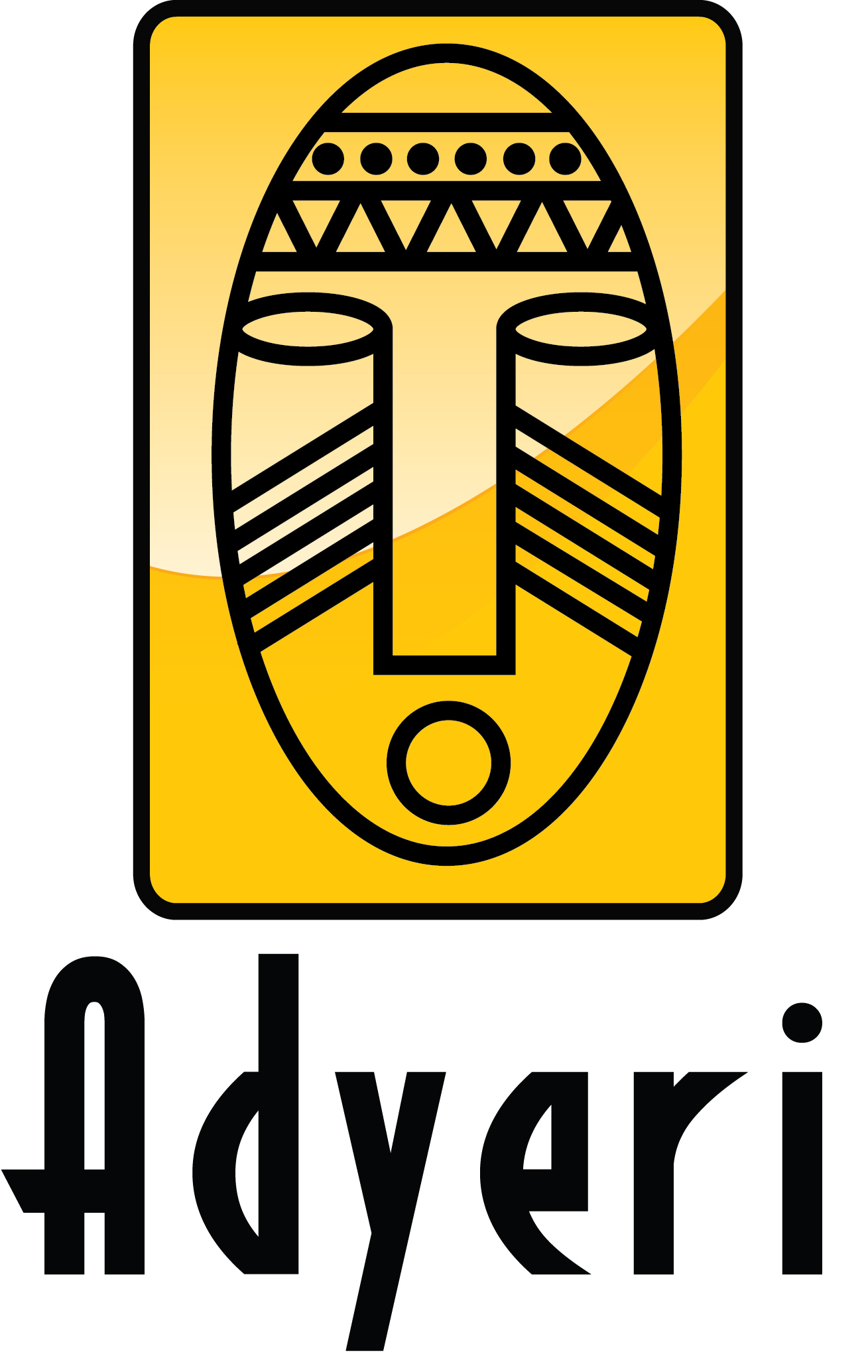Rwenzori Mountain National Park
Rwenzori Mountains National Park is situated in western Uganda, near Uganda's frontier with the Democratic Republic of Congo, on the eastern side of the Great East African Valley. With its unique natural beauty, the Rwenzori Mountains National Park was established in 1991 and has since been designated as a UNESCO World Heritage Site. The mountain forest afro-alpine moorland and craggy Glacier Peak of 5109m high, Mountains of the moon provide some of the most challenging and rewarding high altitude hiking anywhere in Africa.
The fauna of the Rwenzori includes 70 mammals and 177 bird species, several of the latter being Albertine Rift endemics. It is also the only national park in Uganda where Angola colobus has been recorded, though identification of this localized monkey requires one to be careful as the similar and more spread black and white colobus also occurs on the mountain, Rwenzori is a lofty East African mountain, the vegetation of Rwenzori can be divided into several altitude zones, each with its own distinct micro-climate, flora and fauna. The afro-montane forest zone, which starts at 1,800m, has the most varied fauna; Rwenzori Mountains National Park is 120 kilometers long and 48 kilometers wide.
What to do in Rwenzori Mountains National Park
Mountain climbing
Mountain climbing is the main tourism activity in the Rwenzori Mountains National Park and a rewarding experience that needs enough preparation and good physical fitness. Climbing Rwenzori Mountains is tough because it is cold, wet, terrain steep slopes and boggy but porters are there to help you with the luggage so that you reach the summit. The challenge is worth it when you make it to the peaks. Tourists who are negatively affected by an increase in altitude should treat hypothermia before climbing the mountain.
Tourists should bring a sleeping bag, water-resistant trousers, plastic bags for wet clothes, plenty of food, a raincoat, and warm clothing, among other things. Around the Rwenzori Mountains, there are two separate trailheads: Nyakalengija central circuit, Kilembe trail near Kasese town, and Kazingo nature walk trailhead near Fort Portal town.
The Nyakalengija trail.
Start from Mihungo providing 6 to 7 days of challenge while climbing to the top of the Rwenzori mountains which reaches an altitude of 4,267m above sea level. Along the slopes, as you climb, climbers can view the snowcapped peaks of the Rwenzori Mountains.
There are well-maintained huts along the mountain slopes where climbers spend nights as they head to the summit. Porters are also available to help climbers carry their luggage they would like to go with to the Rwenzori summits.
Kilembe trail
This trail ascends the Rwenzori Mountains from the trailhead at Kilembe near Kasese town from the south. Climbers get the opportunity to see glacial lakes along Nyamwamba valley and then join the central circuit at Lake Kitandara. For climbers not interested in reaching the summits, you can have a 3 Days climb in the lower foothills of the Rwenzori Mountains that gives you the opportunity to see various birds and beautiful scenery.
Birding
Rwenzori Mountains National Park is one of the best birding destinations in Uganda hosting 177 bird species and of which some are endemic to the Albertine rift valley. The Park has different vegetation types like Bamboo, moorland, huge tree heathers, Afro-alpine moorland, and huge tree heathers provide both food and shelter to the beautiful birds within the park. Look out for birds like Rwenzori turaco, flycatcher, greenbul, crimson wing, golden-winged sunbird, blue-headed sunbird, slender-billed sterling, handsome francolin, long-eared owl, and many others.
Nature walks
Experienced and knowledgeable UWA guides lead visitors for nature walks as they interpret nature for tourists. Guided nature walks are done in nearby communities settling on the slopes of Rwenzori Mountains. Visitors can follow River Mubuku with the help of guides for views of Baker, Portal peaks, and the Margherita peak which is the highest of all peaks of the Rwenzori Mountains. Guides will identify various bird species for you as you go through different vegetation types and look out for vervet monkeys, squirrels, chameleons, and many other wildlife species.
Cultural encounters
Visiting Rwenzori Mountains National Park is not enough until you also visit communities around the national park because it gives you the opportunity to see and learn how local people cooperate with the management of the national park to improve their standards of living.
Visit the “Bakonzo” living on the slopes of the Rwenzori Mountains to demonstrate what they do in their normal life. They will demonstrate their gardening skills, animal keeping, food preparation, visit blacksmith, basket weavers, traditional healers, traditional dance, and storytelling.
Visiting the Bakonzo is worth it because you get to learn completely different cultures and traditions.
The climate of Rwenzori Mountains National Park
Since the Rwenzori Mountains, National Park is found in the mountainous areas of western Uganda, the climate is cold and wet hence the principal the higher you go, the cooler it becomes.
Rwenzori Mountains National Park receives heavy rainfall that may occur in the months of March to May then August to December.
During the dry season, daily rain is common and the average daily temperature is 10 degrees Celsius while at night it drops below the freezing point.
Accessibility to Rwenzori Mountains National Park
Rwenzori Mountains National Park is accessed by two means of transport and there are two routes to use by road. The shortest route is from Kampala to Rwenzori Mountains National Park via Fort Portal is about 5 hours.
Another route to Rwenzori Mountains National Park is from Mbarara in the south and Queen Elizabeth National Park covering a distance of 450km from Kampala. For more info about mountaineering safaris please contact Adyeri Creations Limited so we can tailor your odyssey in East Africa.


